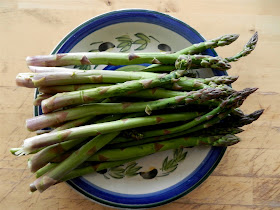
A box is a glorious thing. A glorious thing of which to think inside, in spite of the endless proclivity to do the opposite.
It is a small world of its own. A space. A space for, well, for something.
Something. Now that is pleasing to ponder. The enormous potential of this receptacle-cum-compartment. But, is it art?
An inside.
An outside.
Base.
Sides.
Lid.
Even the lowly grocery store cardboard box has these features. As kids, we used them for school projects, doll houses, and, in the concrete-floored basement of our Don Mills neighbours' home in the early1960's, a series of exercise rooms, (linked by paper towel tubes), for their three small grey rodents.
And the cardboard box's slightly upscale cousin, the liquor store carton? It can stand on its own as art, what with its display of colour and pattern and wine label logo. Useful and attractive.
But the (artistic) challenge for me is to find the lowliest, homeliest of the boxes in box-world, and turn it into, well, something.
Some thing.
A thing of beauty.
Thinking Inside the Box
- 10 matchboxes (available at your local $ store - 10 for $1)
- magazines
- glue stick or gel medium
- scissors
- paints, found objects, gold leaf (all optional)
Slide apart the two sections of the matchbox, (thinking all the while what an ingenious invention it is).
Save matches for another use (bonfire, pyrotechnics, etc.)
Spend 10 minutes leafing through mags, snipping out any interesting patterns, colours or text.
You may then wish to cut these interesting bits into smaller pieces.
Begin collaging the inside of the inner part of the matchbox, and the outside of the outer part. (note: If you want to slide the matchbox pieces together again, heed this advice.)
Layer collage pieces on, until you are happy with the look.
Add other embellishments, if desired.
Limit yourself to half an hour or so - time enough to hone your decision making skills.
Your artistic abilities and sensibilities.
Your (miniature) collaging techniques.
A useful exercise to alleviate artist's block.


















_2.JPG)




